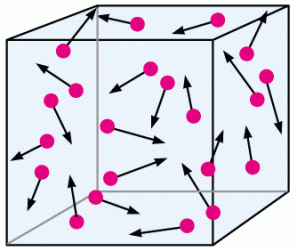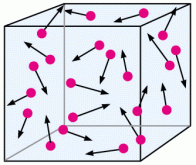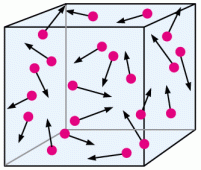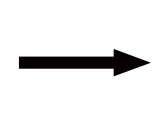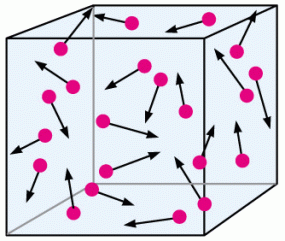I’m currently sitting in a library at UC Berkeley, fresh out of my first office hours session!! Just so you know, I’m mentally patting myself on the back for attending office hours and asking a few of my own questions while also listening intently to what others were asking. Before I talk about the mole (the chemistry mole, that is), I want to quickly talk about how amazing office hours actually are.
I’ve been at Berkeley for a little less than a week now and not going to lie, it’s been tough. I’m not talking about school work or exams, though those will definitely become harder in the coming weeks; I’m talking more about adjusting to life without seeing my family everyday and getting used to my dorm situation, etc.
Office hours was the first school-related “event” that made me really excited to be at Berkeley, which I think says a lot.
Coming to office hours was a spur of the moment decision for me because right now I understand the chemistry lectures and the homework seems straightforward enough. I decided to go in and see my graduate student instructor (referred to as a GSI) just to get an idea of how to seek help later on when I will most likely need it. This was the best decision I’ve ever made. Even with my basic understanding of the material from lectures, the GSI contributed so so so much more to my thought process regarding chemistry. You could tell he was extremely well-versed in chemistry (I mean, duh, he’s a graduate student at Berkeley!), but more than that he was able to break down complex concepts into really manageable ideas. This is how I came to the idea of the mole, which wasn’t even a huge part of my lecture notes this week. So here we go!
The Mole
In past chemistry classes, I have thought of the mole as many things: an amount, a useful conversion factor, etc. The one thing I have never thought of the mole as is what it actually is…A UNIT! This may seem really insignificant but conceptually it has helped me so much. The mole is a manmade unit!
My GSI compared the mole to a dozen which is simply another unit we use to describe how many there are of a certain object. I could have a dozen eggs for example, or I could even have a mole of eggs, though that would be an insane amount of eggs since a mole is equal to 6.022 x 10^23 of something.
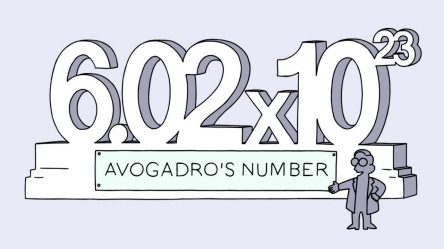
But the point is that the mole is a unit and it makes accounting for molecules much simpler. Here’s a chemical equation to help illustrate this idea:
2Na + Cl2 –> 2NaCl
*The 2 in Cl2 is meant to be thought of as a subscript
The coefficients on the products and reactants represent the mole ratios of said products and reactants. The mole as a unit can be replaced by the term “molecules” in order to simplify the thought process behind the reaction (i.e. it takes two molecules of Na to react with the diatomic molecule Cl2 in order to produce 2 molecules of NaCl).
However, using the term “molecule” in place of “mole” is only intended to simplify the reaction conceptually. In reality, 2 moles of Na react with 1 mole of Cl2 to produce 2 moles of NaCl. A mole is a lot larger than a molecule since it is a unit meant to symbolize the amount of molecules in 12 grams of Carbon-12, Avogadro’s Number.
So there you have it. The mole is just a unit to help us solve problems. It’s not meant to confuse anyone. Actually, it’s meant to make numbers easier to work with. Isn’t it funny that it took me one session with a GSI to understand this when I didn’t learn it fully in two years of high school chemistry? Oh well, all’s well that ends well!
Hope everyone is having a wonderful day because I know that mine just got a whole lot better!





